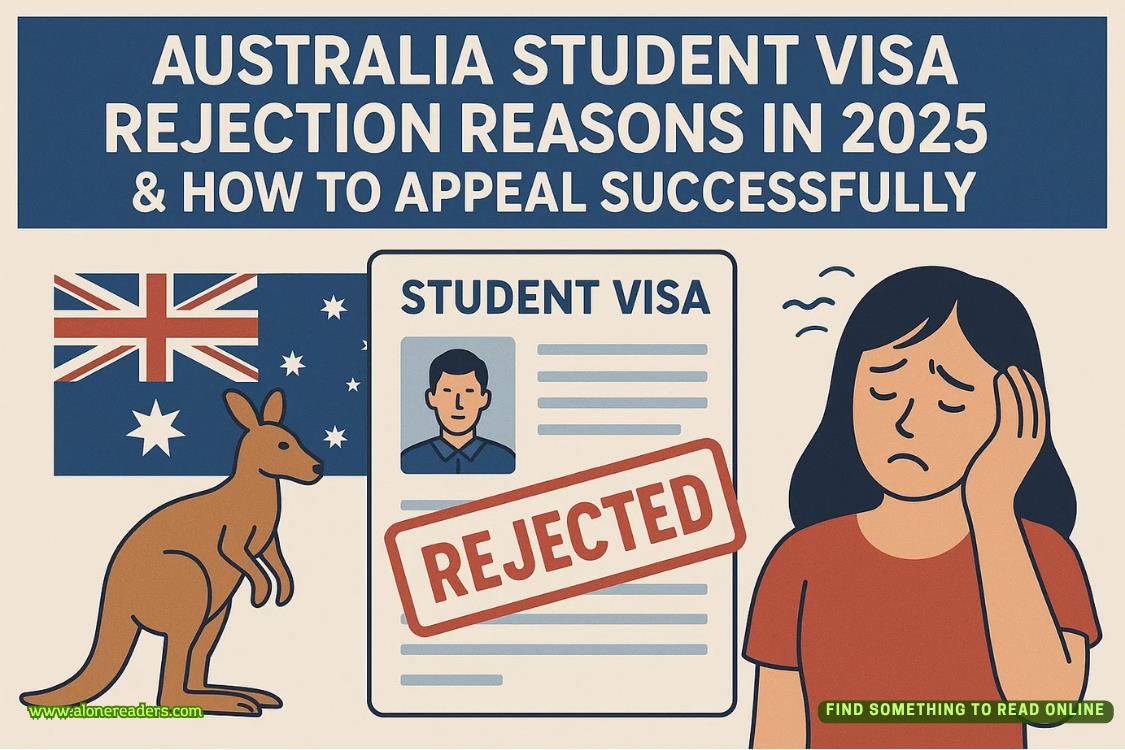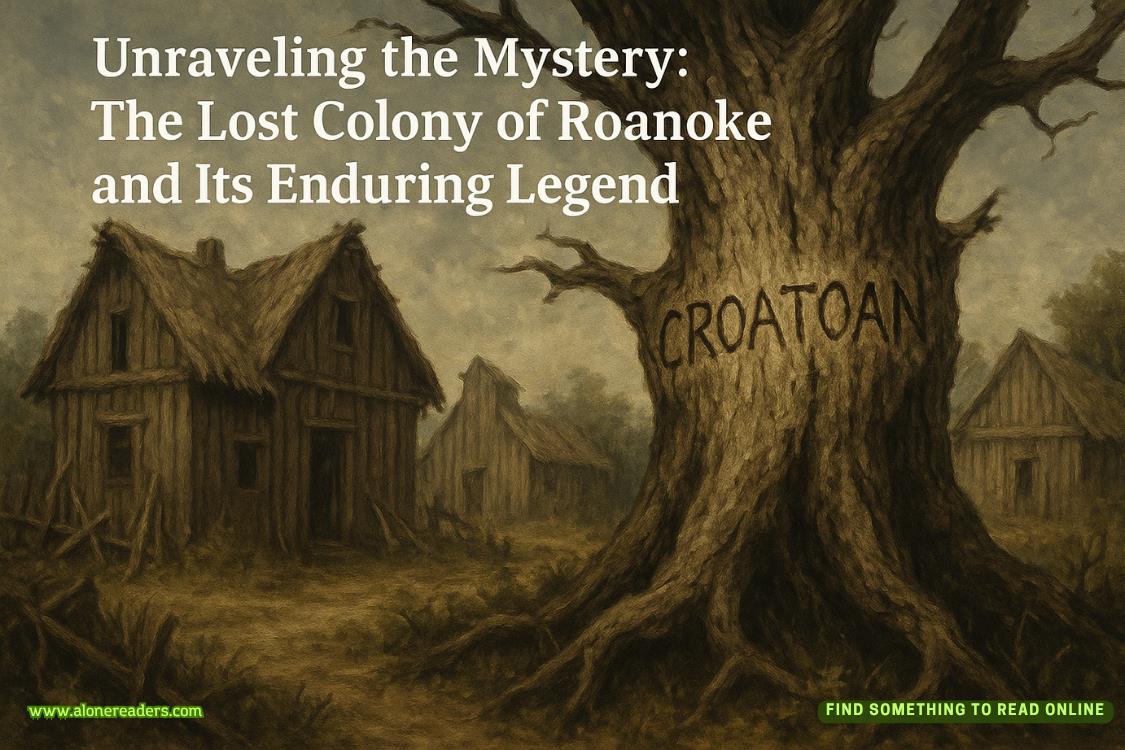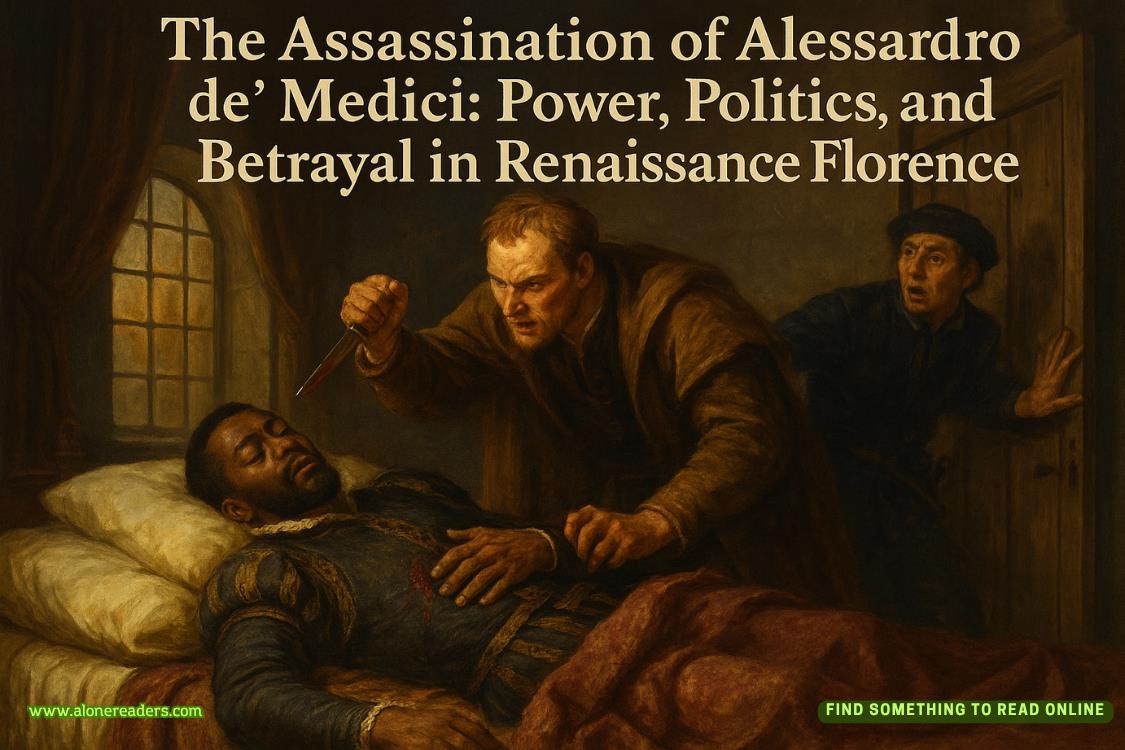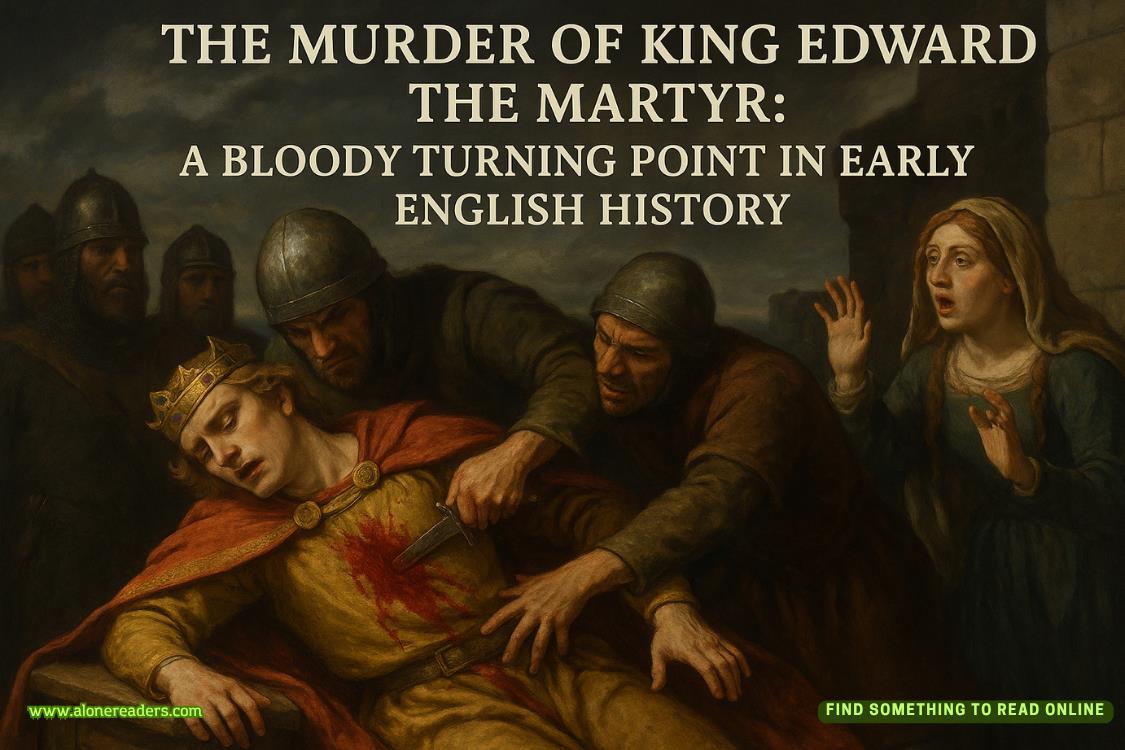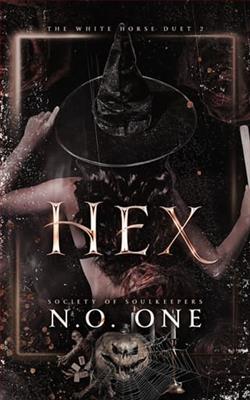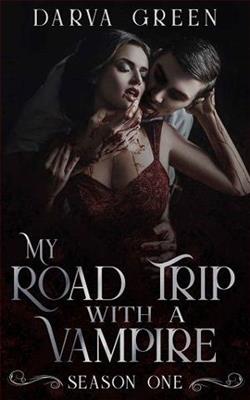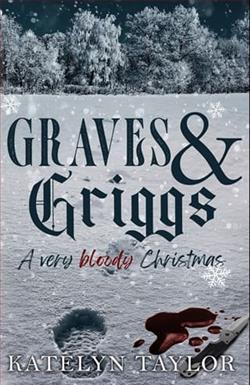Page 11 of The Unforgiven
“Oh, right, you wouldn’t know about that. My family used to own a plantation on the River Road before the Civil War. It’s been converted to a museum. Most of them were. The house and slave quarters have been restored, and now the whole enterprise brings in a pretty penny, except that we have no claim to the proceeds. Belongs to the Historical Society.”
Quinn followed Seth into the living room where papers and photos were piled on the coffee table. Seth pushed aside most of the papers and unrolled a scroll on the table. “This is the draft of our family tree. Granddad put this together. I don’t know how accurate it is, or if everyone is on it, but this is the best I can do at the moment. There’s a very knowledgeable tour guide at the plantation. Dina Aptekar Hill is her name. You’d do well to speak to her. Her ancestors came to Louisiana when it was nothing more than woods and swampland, and she wrote a book about their journey. She’s a great resource.”
“I’ll definitely look her up,” Quinn promised, making a mental note of the name. “Do you know anything about him?” she asked, pointing to the name at the very top of the chart.
“Maurice Besson came over from France at the end of the eighteenth century. He was a farmer from Burgundy. No one knows what made him enlist. Perhaps the farm was failing, or maybe he had a thirst for adventure, but he joined the army and fought under Lafayette during the Revolutionary War. After the war, he settled somewhere near Quebec and became a trapper. He was only about eighteen at the time.”
“Quebec?” Quinn asked, surprised. “That’s a long way from New Orleans.”
“It sure is. I have no idea what brought Maurice to Louisiana, but he must have done well for himself because he bought a good-sized parcel of land on the shore of the Mississippi. There’s an original bill of sale at the museum. Take a look. This is a photocopy.”
Quinn studied the copy of the certificate. The ink was faded to gray, but she could still make out the signature and date at the bottom.Maurice Besson, March 18th, 1787.
“Maurice married his neighbor’s daughter, and the two properties were consolidated as soon as his father-in-law passed away, leaving Maurice with a sizeable plantation and over a hundred slaves. He and his bride, Arabella, had a son, Jean, and two daughters, both of whom died in infancy. Jean inherited the plantation.”
Quinn traced the line on the paper. The tree didn’t have many branches, not even after several generations. The Bessons were not a fruitful family.
“See here,” Seth pointed out. “Jean married Sybil and had two sons, Albert and Charles. Albert, being the eldest, inherited, and Charles moved to New Orleans, where he lived until his death in 1858. He didn’t have any children. I am descended from Albert Besson, who had one son, George, who also had one son, Brett. Brett became something of a family name. There were several.”
“Yes, I see,” Quinn replied.
“Actually, there hasn’t been a girl in the family since Maurice’s two daughters. Until now,” Seth added shyly. “You are the first Besson girl to be born in two hundred years.” He rifled through the papers and pulled out an ancient sepia photograph. “Check this out. This is a daguerreotype of George’s wedding to Amelia. This is the first-ever family photo. They had several copies made, so there’s another one at the museum. What’d you think?” he asked, handing the photo to Quinn.
She stared at the photograph, drinking in every detail of the wedding party. There were about twenty people in the photograph,nine on each side of the bridal couple. George was a handsome young man with light-colored hair cut fashionably short at the back with longer locks in front. A forelock fell into his light eyes, which stared into the camera with an air of amusement. Everyone else wore solemn expressions. The bride had dark curls and wore a white gown that must have required yards of lace. Her hoop skirts almost completely blocked her new husband’s legs and her veil hung nearly to the ground, making her appear somewhat ghostly. She gazed up at George, a look of adoration on her young face.
“She looks so in love,” Quinn said as she handed the photo back to Seth.
“Yes. Granddad said it was a love match.”
Quinn glanced at the dates beneath George and Amelia’s names and looked away. Amelia had outlived her husband by about ten years, but neither had enjoyed a long life.
“Seth, do you have anything that belonged to any of them?” she asked carefully.
“Such as? You mean letters or diaries?”
“Yes, that would be very helpful, but perhaps an object of some sort, even a button.”
“Believe it or not, my granddad actually had Maurice’s uniform, and it was intact.”
“Where is it now?” Quinn asked, her voice catching with hope.
“On display at the museum.”
“Did your grandfather not keep any mementoes of his family?” She could hardly take an object from the museum without permission, and if she asked to borrow something, she’d have to explain why she needed it.
“He did. Granddad kept everything and only gave the museum what he had in duplicate, but after his death, no one muchcared. My dad cleared out his house and kept only this box.” Seth pointed to the cardboard box from which he’d taken the photograph and several other papers. “Anything larger than a book went to the museum.”
“I see,” Quinn replied, wondering how to get her hands on something that had belonged to one of the Bessons. She needed a starting point for her investigation, but it seemed there wasn’t much left in Seth’s possession.
“Wait, there is something,” Seth exclaimed. “I forgot all about it. It’s in the safety deposit box at the bank with my mother’s other valuables. She always admired it, so my grandmother gave it to her on her sixteenth birthday.”
“What is it?” Quinn asked, hoping for a piece of jewelry.
“It’s an ivory fan. It’s quite beautiful, really. It belonged to Amelia, and happens to be the only thing left of her. My grandfather gave the fan to my grandmother when they married. She liked to show it off and refused to part with it when the museum opened. It’ll be yours now since my mother no longer has any use for it.”
“Is your mother still alive then?” Quinn asked, her breath catching in her throat. Seth’s mother would be her biological grandmother.
“Yes. She’s in a nursing home. I visit her regularly, but at times she doesn’t remember who I am. She has Alzheimer’s and it’s gotten much worse these past two years.”


